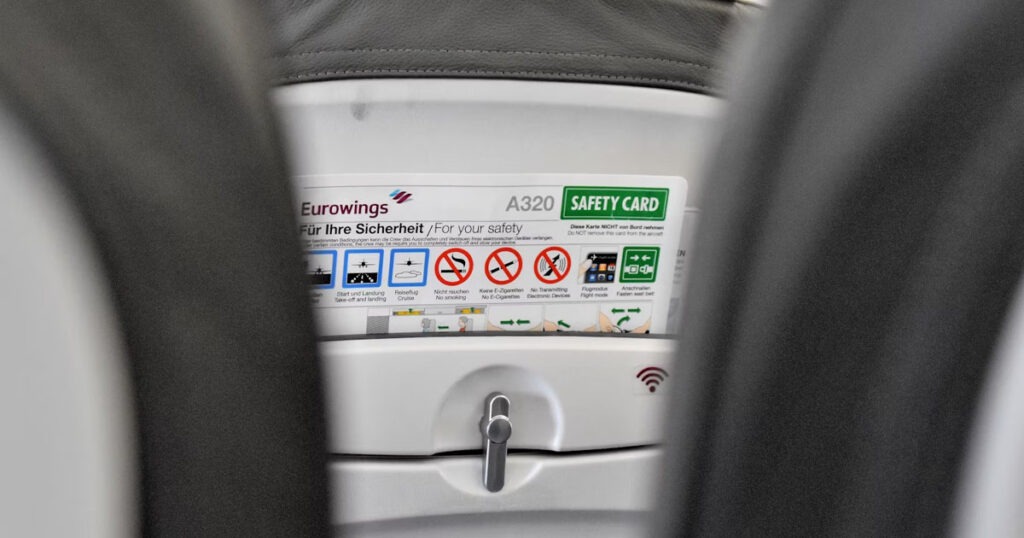When most people think about what keeps an airplane safe in the sky, their minds go straight to mechanical components and technology – powerful engines, sleek wings, advanced computers, and mires of wiring and sensors. But while the engineering behind modern aircraft is extraordinary, there’s another element that’s just as vital to every safe flight: the human factor.
Behind every takeoff and landing is a highly trained team of people – pilots, flight attendants, air traffic controllers, maintenance technicians, and ground grew – working in perfect coordination to make flying one of the safest forms of transportation in the world. Aviation may be built on complex science and systems, but it operates through people.
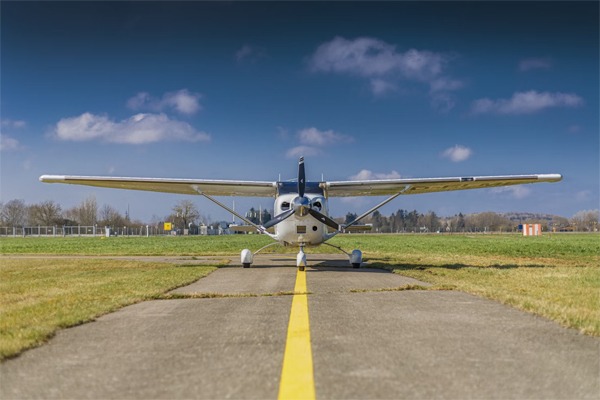
Training Beyond the Cockpit
For pilots, the journey to the flight deck is long and rigorous. Earning am Airline Transport Pilot (ATP) Certificate requires hundreds of flight hours, mastery of complex systems, and successful completion of written and practical exams. But the learning doesn’t stop there.
Professional pilots – both commercial and private – participate in recurring training and proficiency checks. From additional ground school instruction to the use of Advanced Training Devices (ATDs), this constant and recurrent training ensures that pilots can react calmly and effectively to a variety of situations.
Airlines and flight schools follow strict guidelines established by the Federal Aviation Administration (FAA), and may go above and beyond those standards. Pilots are trained not only to fly, but to make sound judgements under pressure, communicate clearly, and prioritize safety above all else. These are not just technical skills – they’re human skills refined through experience, discipline, and teamwork.
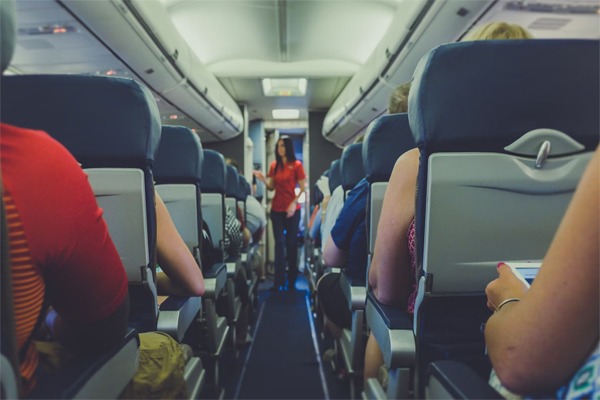
The Power of Teamwork
While pilots are often the face of aviation, they’re part of a much larger safety system that includes flight attendants, dispatchers, air traffic controllers, and maintenance professionals. Every person involved in flight operations has a vital role in keeping passengers safe.
For example, flight attendants aren’t simply there for hospitality – they are trained safety specialists. Their instruction includes emergency evacuation procedures, first aid, handling in-flight fires, and managing passenger medical situations. The calm, confident demeanor passengers see during flight is backed by hundreds of hours of preparation.
Air traffic controllers, on the other hand, coordinate thousands of aircraft every day with incredible precision. They monitor radar, manage separation distances, and ensure smooth routing through complex airspace systems. Their job demands constant focus and split-second decision making.
Behind the scenes, maintenance technicians work tirelessly to inspect, repair, and verify every aircraft before and after flight. Each component, from landing gear to avionics, is checked according to strict schedules and procedures. Aviation maintenance professionals are highly certified specialists whose work ensures that aircraft are airworthy long before passengers ever board.
This intricate system of cooperation is guided by a concept called Crew Resource Management (CRM). Developed in the late 1970s, CRM focuses on effective communication, mutual respect, and decision-making among all team members. The philosophy recognizes that even the most advanced systems rely on humans who must work together seamlessly.
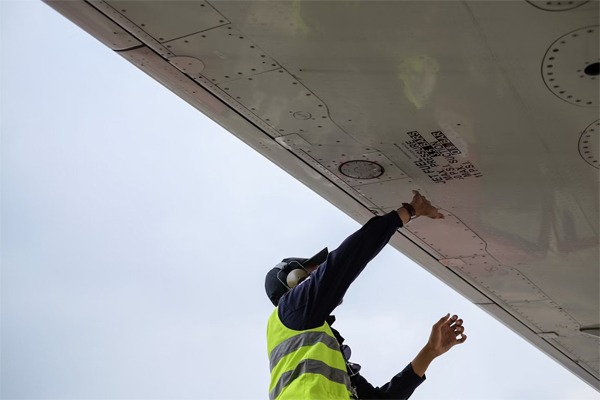
Decision-Making and the Human Mind
Human factors research in aviation also studies how people make decisions, manage stress, and maintain situational awareness in high-stakes environments. Pilots are training to recognize cognitive biases and fatigue that can affect performance, and to use structured decision-making models to maintain objectivity.
For example, the “IMSAFE” checklist helps pilots evaluate their own readiness before every flight – checking for Illness, Medication, Stress, Alcohol, Fatigue, and Emotion. This personal self-assessment reinforces that safety starts with the individual.
Aviation psychology has also shaped how flight crews handle unexpected events. Instead of relying on instinct alone, pilots use standard operating procedures (SOPs) and checklists that minimize human error. This structure ensures that even under pressure, the right steps are taken in the right order.
It’s a powerful reminder that good judgement and discipline are as essential to aviation as aerodynamics and mechanics.
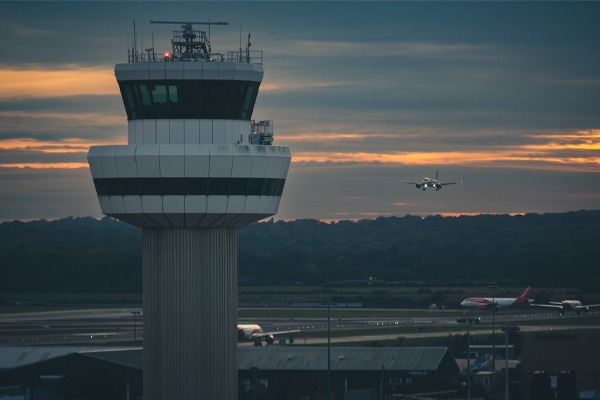
Technology as a Partner in Safety
Modern cockpits are equipped with sophisticated technology designed to support, not replace, the human element. Autopilot systems, navigation computers, and warning sensors reduce workload, but pilots remain at the center of decision-making.
When something unexpected happens – like sudden turbulence or a system malfunction – pilots rely on their training, teamwork, and intuition. Machines may monitor the data, but humans interpret and act on it. That partnership between technology and human skill is what makes flying so remarkably safe.
This balance extends beyond the cockpit. Airlines, airports, and regulatory agencies continually study human performance data to identify trends and prevent potential issues before they occur. This proactive safety culture is a direct reflection of aviation’s core value: continuous improvement.
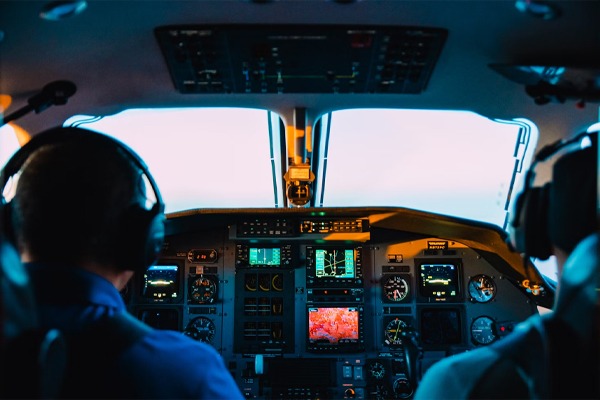
The People Behind Your Confidence
For passengers with a fear of flying, understanding the human side of aviation can make a world of difference. Every flight you take is supported by a network of professionals – people who have dedicated their lives to learning, practicing, and perfecting the art of flight safety.
From the mechanic tightening a bolt at 2 a.m. for a morning flight to the controller guiding your approach in low visibility, each person plays a crucial role in the harmony of the skies. Their collective expertise ensures that aviation remains a model for safety and precisions.
So the next time you board an airplane, take a deep breath and remember: yes, airplanes are the marvels of engineering – but it’s the people behind them who truly make flying safe.
At DreamFlight Charities, we believe that understanding aviation builds confidence, and confidence fuels dreams. By educating future aviators and inspiring the next generation, we’re helping ensure that the human factor remains at the heart of flight – today and for years to come.

